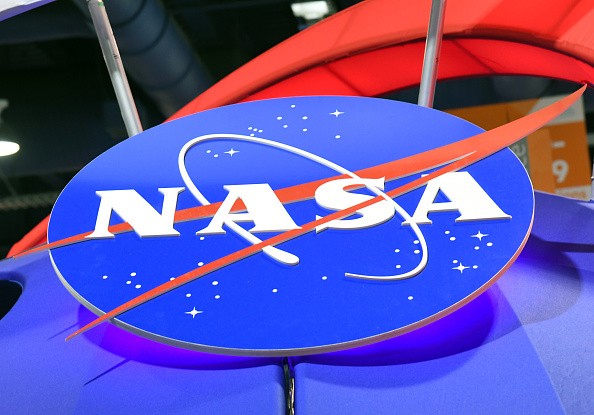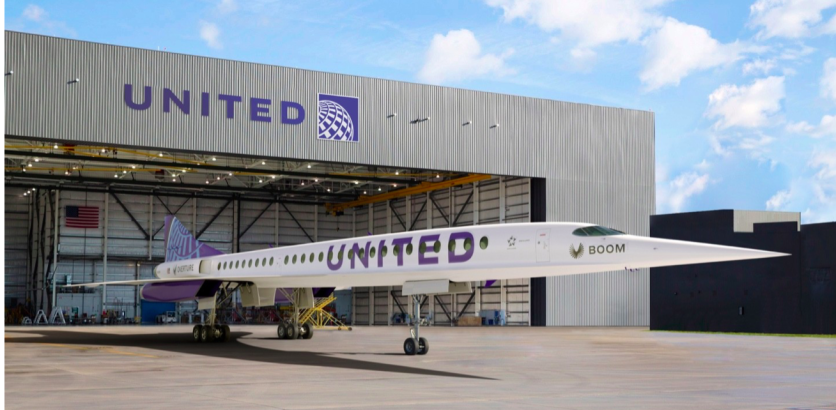NASA's New Supersonic Jet has completed its wind tunnel tests for the scaled-down version of the X-59 QueSST, which also aptly goes by the name "son of Concorde."

NASA's Supersonic Jet: 'Son of Concorde'
However, unlike its predecessor, the Concorde, the new supersonic jet of NASA or the National Aeronautics Space Administration is tamer than ever as it is a quieter version, as per a news story by DailyMail.
It is worth noting that the previous supersonic jet, Concorde, which retired way back in 2003, produces a loud and scandalous sonic boom.
This time around, though, NASA's new superfast aircraft only produce soft "thump," making the "son of Concorde" a quieter version of the supersonic jet.
For now, the new version of the "Concorde" is only limited to its small-scale version, which is only meant to be used for testing.
The full-blown version of the X-59 QueSST is still in the works and will only see the light of day later in 2022, which will kick off its initial tests.
To be precise, NASA, along with a private space company, Lockheed Martin, is working to develop the full-sized "son of Concord" in Palmdale, California.
Both Lockheed Martin and NASA will also work hand in hand to test the full-size version of the supersonic aircraft before 2022 comes to an end.
NASA Supersonic Jet and Wind Tunnel Tests
The small-scale version of the new NASA supersonic jet has already completed its tests in a supersonic wind tunnel that the engineers of the United States space agency from the Glenn Research Center in Cleveland, Ohio developed.
The test seeks to prove that the new supersonic jet is much quieter than its predecessor.
The deputy project manager of the project, Clayton Meyers, said that "this is the team's opportunity to get data at the low sound levels produced in the tunnel."
The engineers of the Commercial Supersonic Technology of NASA are attempting to measure that "thump" that the small-scale aircraft is producing. The tests have been using special cameras in various parts of the tunnel, which carry sensors that give a visualization of shock waves.
Read Also : NASA to Pay $1 Million for People Who Can Find 'Innovative' Ways to Feed Astronauts in Space
Supersonic Jet
Some Gen Zs may have not heard of supersonic jets, but once upon a time, it attempted to lessen travel time by flying faster than the speed of light.
Now, it appears that NASA is working to bring back the extremely fast aircraft to life.
On top of that, last Nov. 21, NASA also worked with startups and United to kick off the return of supersonic commercial flights, which ended nearly a decade ago due to safety concerns.

In fact, even the United States President has a supersonic jet for himself.
Related Article : NASA Buys Planet-Themed Comics From a Singaporean Student for $1,000! What Will the Space Agency Do With It?
This article is owned by Tech Times
Written by Teejay Boris
ⓒ 2025 TECHTIMES.com All rights reserved. Do not reproduce without permission.




